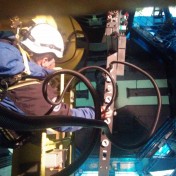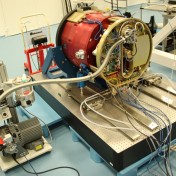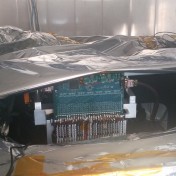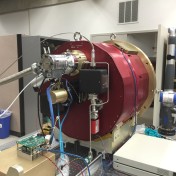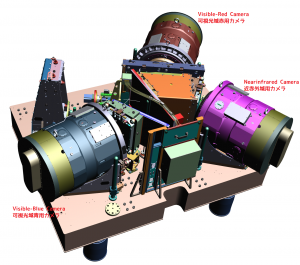Mass production of fiber positioners have started
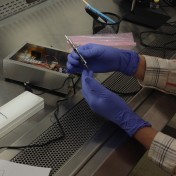
PFS will accurately position 2400 fibers to stars and galaxies on the sky in the field of view of about 1.3 degree diameter and deliver spectra for such a large number of objects at one exposure. The key component of this fiber positioning process is the actuator named “Cobra”. In the previous article, we described our testing activities to characterize… Read more »

